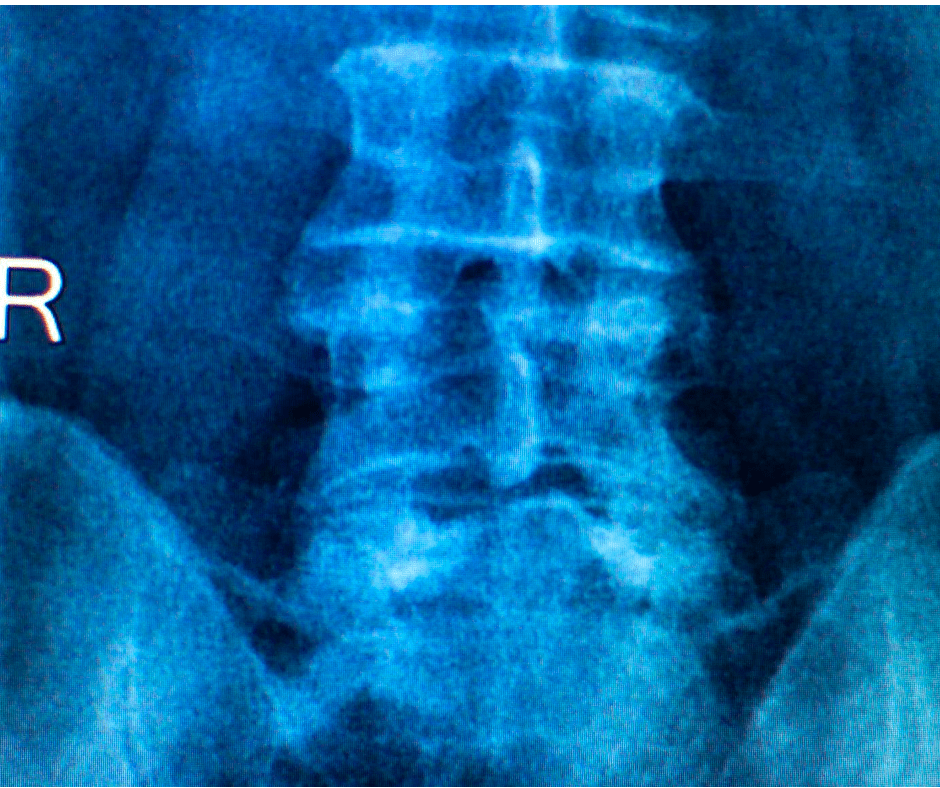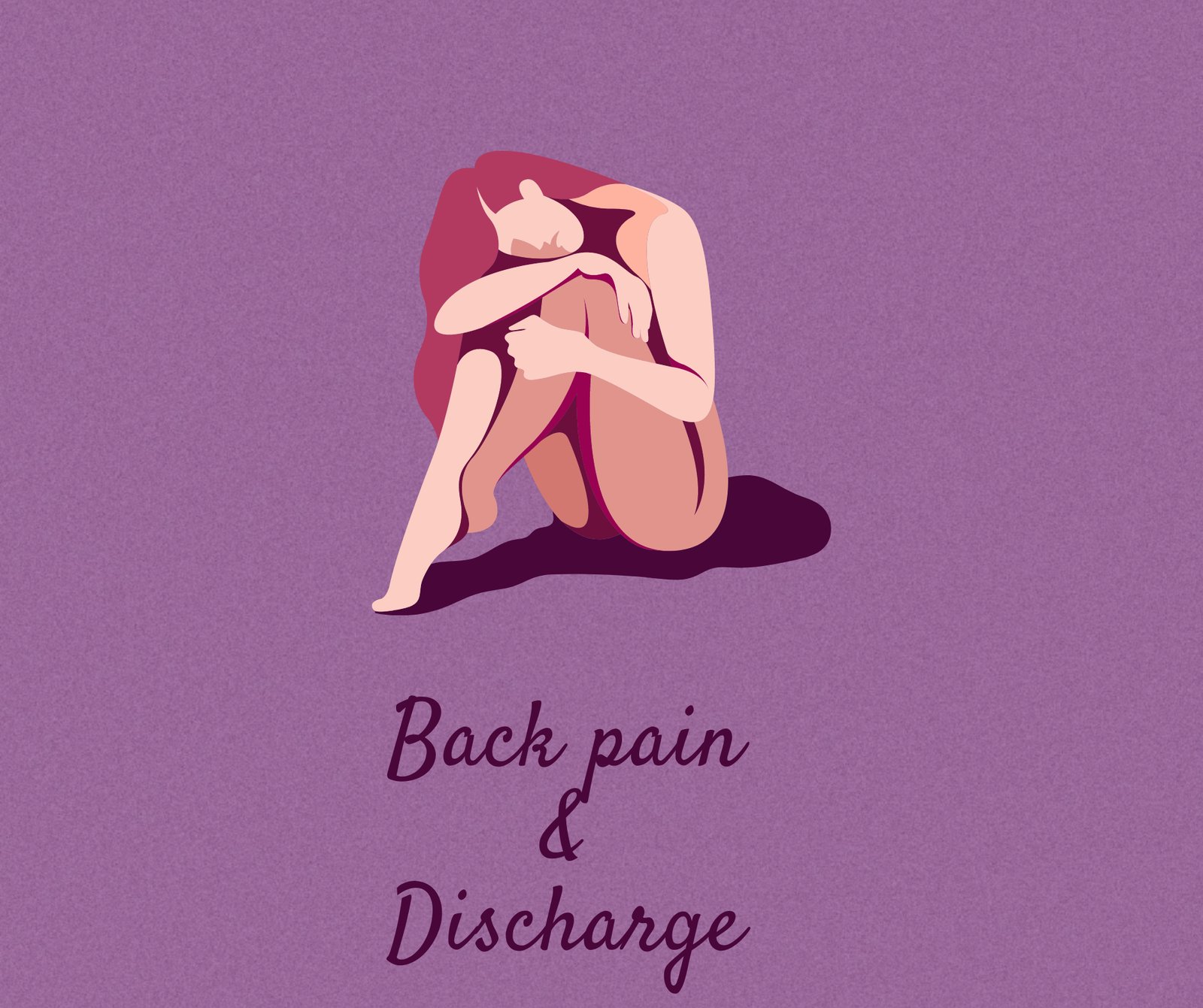Fix Lower Back Pain That Radiates To Front Pelvic Area.

- Common Causes of Lower Back Pain That Radiates to the Front Pelvic Area:
- Lower back pain that radiates to front pelvic area female:
- lower back and pelvic pain male:
- Treatment for Lower Back That Radiates to the Pelvis:
- FAQ:
- Conclusion:
lower back pain that radiates to front pelvic area can be a result of many factors, including an injury, poor posture, and muscle strain.
The pain may radiate to your hip, groin, or upper thigh. It may cause numbness and tingle in the leg or foot. You may also feel a sharp or burning pain in the lower back when you move your leg or sit down.
Lower back pain that radiates to front pelvic area is typically caused by an injury to one of the muscles that support the spine and pelvis. The injured muscle pulls on the nerve that travels from the spine into the pelvis, causing it to become inflamed and press on nearby nerves in your lower body.
This type of pain typically radiates from the lower back to the front of the pelvis – in other words, it feels like a stabbing or shooting sensation. On occasion, you may feel tingling or numbness near your hips. Other symptoms may include pain when you bend over and stand up too quickly, sharp pain when sitting for long periods of time
Common Causes of Lower Back Pain That Radiates to the Front Pelvic Area:
Unchecked lower back pain can radiate to the front of the pelvic area. This type of pain is often misdiagnosed as sciatica or worse, sacroiliitis. It is important for the patient and their doctor to know the causes and signs of this painful condition so that it can be treated properly.
Pain that radiates to the front of your groin may be indicative of a condition called pelvic girdle pain. This condition can cause acid reflux, urinary tract infections, and chronic pelvic pain.
Bulging Discs and Nerve Root Irritation:
Most people have experienced lower back pain before, whether it be from a slip at work or sport, or from prolonged sitting. It is a common condition that affects many people. However, the causes of this type of pain are varied and complex. But there are two things that cause this kind of pain: bulging discs and nerve root irritation.
what are Sacroiliac Joint Injuries and Pelvic Dysfunction:
The sacroiliac joint, or SI joint, is a hinge-type joint that connects the bottom of the spine to the pelvis and thighbone. This key connection allows normal movement in sitting and standing. Any damage to this joint can cause pain in your lower back and/or pelvic area. . Many times people have pain in their buttocks, groin, or thigh. The SI joint is located where the spine and pelvis meet. There are three bones that make up the joint: the sacrum and two ilia bones. SI Joint Injuries:-Sports (like soccer) can cause traumatic injury to the sacroiliac joint during a fall. Pelvic muscle training exercises can help strengthen the pelvic muscles which can improve your back pain. Injury to the SI joint may happen after a fall, especially if the person lands on their buttocks or near their side. A premature rupture of the sacroiliac ligaments is also common with aging, but these ruptures are highly uncommon in adults under 50 years old.
What is Pelvic Floor Dysfunction? :
Pelvic floor dysfunction is a condition that affects the pelvic organs, specifically the bladder, uterus, and rectum. It can also affect other muscles on the pelvic floor.
It is important to understand this condition because it can lead to incontinence, sexual dysfunction, and pelvic organ prolapse.
Pelvic Floor Dysfunction Symptoms and How to overcome them:
Pelvic floor dysfunction is a condition that affects people of all ages and genders. The symptoms include difficulty with bowel movements, constipation, pain during sex, and urinary incontinence.
Some of the common causes of pelvic floor dysfunction are
1. Pelvic floor muscle weakness
2. Lack of exercise or poor posture
3. Injury to the pelvic area or back
Physiological Changes During Pregnancy :
Lower back pain in pregnant women is a common condition. It can be caused by many factors such as hormonal changes, weight gain, and muscle weakness. Other factors include the size of the fetus or the amount of amniotic fluid.
Generalized Lower Back Pain and Facet Joint Injuries, causes for lower back pain that radiates to front pelvic area:
Lower back pain is one of the most common injuries that people experience. It may be caused by a variety of factors such as an accident, overexertion, or something as simple as sitting too long in one position. When lower back pain occurs, it often radiates out to the front including the pelvis. This article will explore some possible causes for lower back pain that extend to the pelvis
Lower back pain that radiates to front pelvic area female:
Lower back pain that radiates to front pelvic area female is a type of pain that can be caused by many different things. It can often be a sign of a more serious condition such as endometriosis, ovarian cysts, kidney disease, or even cancer. It can also occur in women who have recently given birth or experienced any sudden trauma to the lower back.
As the pelvis bone is wider in women. it makes sense to evaluate these issues, especially when there is a family history of similar problems.
Treat with a lower back stabilization program osteoarthritis, degenerative joint disorder of cartilage, and bone coverings resulting in bone erosion (eg. hips, knees.)
Female evaluation with imaging to help determine the extent of the problems. treat as needed with physical therapy or surgery.
lower back and pelvic pain male:
Lower back and pelvic pain are one of the most common health issues that men face. It is also a very difficult condition to live with. The primary causes of lower back pain are Ruptured Disc, Tension, and or stress in your back muscles and ligaments as a result of sitting, standing, lifting objects, or doing any physical activity. This is known as mechanical low back pain. Kyphosis (hunchback) leads to the development of a lordotic (rounded) lower spine that causes compression at the lumbar spine resulting in lower back pain. Tendinitis/ tendinosis is an injury to the connective tissue of any muscle, tendon, or ligament, and can cause pain anywhere along with the injured structure such as in the case of acute bursitis (inflammation near the bursa), chronic bursitis (inflammation within a tendon),
Treatment for Lower Back That Radiates to the Pelvis:
Lower back pain is a common problem that can be relieved by physical therapy and chiropractic treatment. In some cases, however, the pain can radiate to the pelvis, which often requires medical attention. .Medical Therapy: Steroid injections can be very effective in the short term in relieving pain that radiates to the pelvis. Cortisone injections are often used to reduce inflammation and provide pain relief. Injections with other inflammatory drugs are sometimes used as well, such as non-steroidal anti-inflammatory drugs (NSAIDs)
Pelvis Posture Types & How to Correct them
The pelvis is the part of the body that connects your lower back with your upper thighs. It also helps to support and balance the spine. The pelvic position can be categorized into four types: anterior, posterior, lateral, and neutral. Anterior means that the pubic bone is in front of the iliac crest (the top of the hip bones). Posterior means that the pubic bone is behind the iliac crest. Lateral means that both iliac crests are facing to either side and not in front or back. Neutral means that both iliac crests are lined up with each other.
How to correct pelvic posture: Anterior:-Lift and extend the scapulae towards the back of your head to push forward-Pull the belly button in towards your spine Posterior:-Lift and extend the scapulae away from your head to push back-Pull the belly button out over your hips or pubic bone Exercises:-Sitting on the edge of a chair, reach both arms out in front of you as far as possible-Keeping your elbows straight, bend forward and touch the ground with your hands-While touching the ground, tuck your tailbone under and try to touch your knees-With control, return to starting position
The Importance of Posture for a Healthy Lower Back:
Pelvic health is an important aspect of overall health. A healthy lower back can help you prevent injury, improve performance, and maintain a healthier lifestyle.
The importance of posture is often overlooked by many people. However, it is essential to have a good posture in order to have a healthy body. A lot of the time people will sit with poor posture and this can lead to pain and other issues in the future. To avoid this, try using a posture trainer to improve your posture while you are sitting at your desk or other places where you spend time at work or home.
Lifestyle Changes for Healthier Pelvises & Lowers Back Spine alignment
Pelvic health is a term that refers to the condition of the pelvic region and pelvic organs. The pelvis is a large round bone at the base of the spine, which supports and protects the lower back. When we talk about healthy alignment in our spine, it means that our lumbar vertebrae are evenly spaced from each other. This is important for your overall health because it allows your organs to function properly.
Lifestyle changes for healthier pelvises & lower back spine alignment:
1. Regular exercise
2. Sleep
3. Healthy diet
4. Reduce stress
FAQ:
- Can My Lower Back Pain Radiate to the Hip / Pelvis: ‘Sciatica’, Referred Pain, Radicular Pain
Yes, lower back pain can radiate to the hip/pelvis – sciatica, referred pain, and radicular pain Is terms that may be used.
- What is “Radicular Pain” when talking about can lower back pain can radiate to the hip/pelvis
Radicular pain is a term used to describe pain that radiates from the spine to the hip or pelvis. Lower back pain, in particular, often causes radicular pain as it travels down the spinal column.
Conclusion:
The main focus of this article was to discuss how lower back pain could be affecting your pelvic area and how you can address it. I hope that you found this information helpful!



